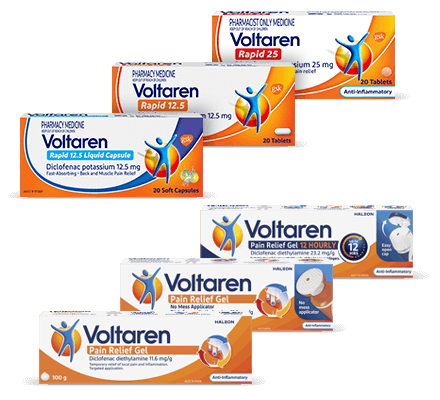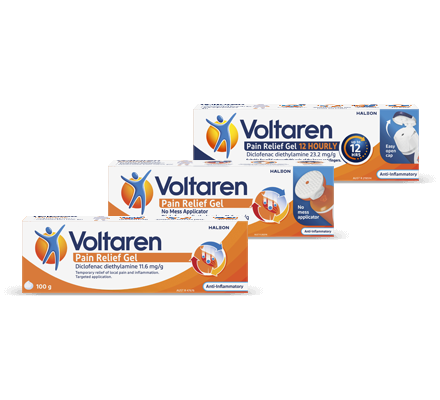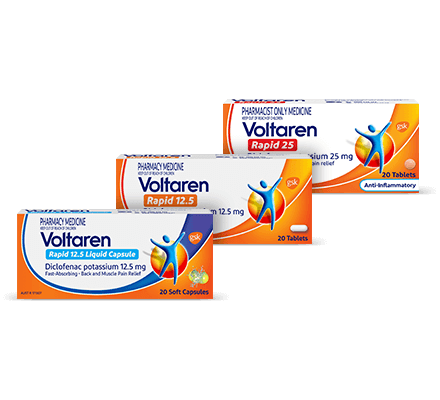Shoulder pain is no fun, to say the least. It can leave you in pain doing the most basic daily activities. Walking the dog? Ouch. Stirring a pot of soup? Wince-inducing. Lying down for a nap? A painful proposition. Getting to the bottom of your shoulder pain symptoms and what is causing them will put you on the path to regaining your joy of movement.
Shoulder pain is typically caused by a problem in the muscles, nerves, or tendons that surround the shoulder joint – or by a problem in the joint itself. The shoulder is a ball-and-socket joint that is made up of three bones: the clavicle (collarbone), the humerus (the upper arm bone), and the scapula (the shoulder blade). The shoulder is the most mobile joint in the body. It gets its mobility from the rotator cuff – a group of four tendons that connect surrounding muscles to the shoulder bones. Shoulder pain can affect anyone. And when it does, it can be quite painful and disruptive to everyday activities.
Shoulder pain symptoms
Shoulder pain symptoms may seem fairly straight forward if you’re experiencing them. After all, your shoulder hurts! What could be clearer than that? However, different shoulder pain symptoms can indicate different shoulder ailments.
Shoulder pain symptoms include:1
- Pain and stiffness that lingers for months or years
- Pain that intensifies when you’re using your arm or shoulder
- Tingling numbness or weakness
- Sudden, severe shoulder pain
- Pain on the top of the shoulder near where the collarbone and shoulder bone meet
Shoulder pain causes
There are four main categories that most shoulder pain causes fall into.2 They are:
- Tendon tears or inflammation - Tendons are the cords of tissue that connect muscle to bone. Sometimes they can become inflamed or tear. Tendon tears can be either partial or complete. Tendon inflammation is a common cause of shoulder pain. This can take the form of common conditions like tendinitis or bursitis.
- Joint instability - Shoulder instability is also known as dislocated shoulder. This occurs when the top of the upper arm bone (the humerus) is forced out of the shoulder socket. Dislocations can be partial or complete. Once a dislocation happens once, the ligaments and tendons that connect the surrounding muscles to the bones of the shoulder joint become loose or torn. This means that repeat dislocations can occur. Repeated dislocations can cause pain and instability when you move your arm.
- Arthritis - Arthritis can affect the shoulder joint, as it can any other joint in the body. In the case of osteoarthritis, the cartilage that cushions between the bones in the joint becomes degraded, resulting in inflammation and discomfort. Osteoarthritis often results from wear and tear, whereas other types of arthritis can be the result of inflammation of the joint lining.

- Fracture - Fractures are broken bones. In the shoulder, fractures often occur in the clavicle (the collar bone), the scapula (the shoulder blade), or the humerus (the upper arm bone). In the case of a fracture you may need a cast or sling to keep your arm immobilized while the bone heals and re-fuses. Shoulder fractures can occur as a result of falls, motor vehicle accidents, or sports accidents.

Shoulder pain diagnosis and seeing the doctor
If you are trying to tackle your shoulder pain at home, but it hasn’t shown any improvement at home, consult your doctor.
Additionally, if you feel any of the following severe shoulder pain symptoms, seek immediate medical attention:3
- the pain is sudden or very bad
- you cannot move your arm
- your arm or shoulder has changed shape or is badly swollen
- you have pins and needles that do not go away
- there's no feeling in your arm or shoulder
- your arm or shoulder is hot or cold to touch
- the pain started after an injury or accident, like a fall
- you develop severe pain in both shoulders
- you feel feverish or unwell
Any of the above severe shoulder pain symptoms may be a sign of something serious, like a ruptured ligament or tendon or broken bone. To obtain a diagnosis, your doctor will take your medical history and perform a physical examination. They will feel for tenderness, swelling, and check range of motion and joint stability. At your visit, your doctor may perform an x-ray or MRI in order to obtain a shoulder pain diagnosis and sketch out a treatment plan.
Explore Voltaren’s products for pain relief
Health, wellness & your pain
Pain is rarely just physical nor is it always solved by taking medicine alone. Voltaren is your ally in helping you take more control of your pain journey, from the way you sleep, to what you eat, mental wellbeing and complementary pain relief therapies.












